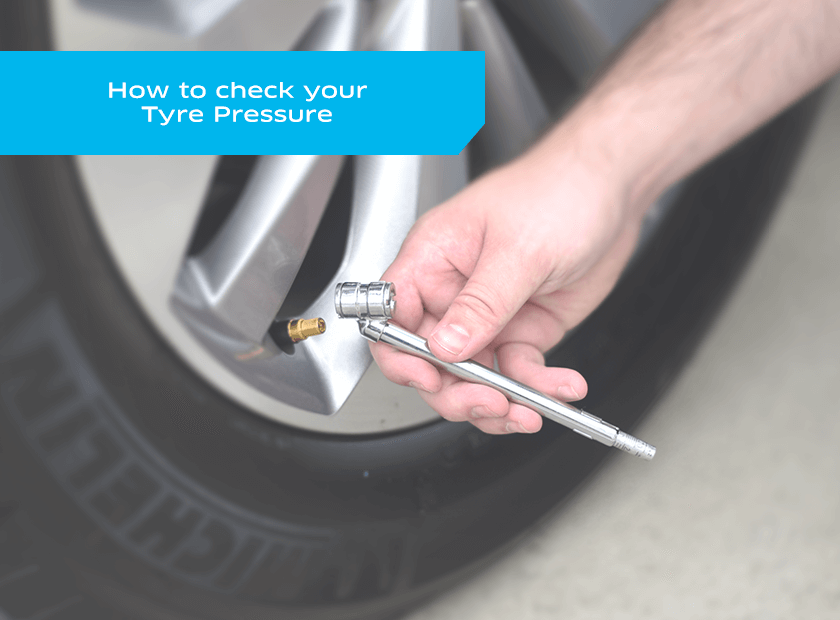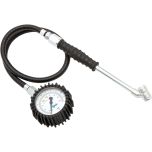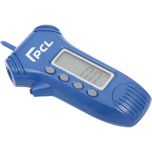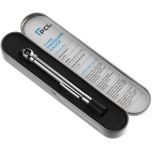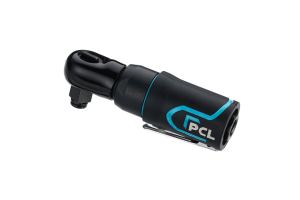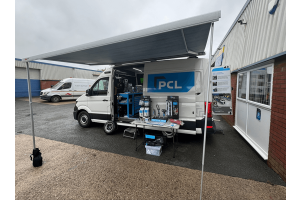What should I do when checking my tyres?
Tyre checks should be made every couple of weeks as well as before making any long journeys by using a reliable and accurate tyre pressure gauge.
Always measure tyre pressure when tyres are “cold”. Tyres are cold if they have not been driven for more than 2 miles at low speed or have been stationary for a least two hours.
Tyre checks should include:
- Checking the tread depth meets the legal minimum depth
Read our Tyre Tread Depth guide to find out more.
- Checking the tyre pressure meets vehicle manufactures’ recommendations
- Checking the overall condition
At the same time as checking your tyre pressure and tread depth, examine the tyres for any cuts or bulges which must be assessed by a professional if found – a bulge in a tyre indicates internal structural damage and must be replaced. The tyre must also be replaced if you find any cuts deep enough to reveal the internal structure of the tyre.
Tyre Pressure
Why is measuring tyre pressure important?
Correct tyre pressure is important for several reasons;
- Tyre life
Tyres which are not set to their correct pressure wear out more quickly.
- Fuel economy
By keeping your tyres at their optimum pressure, your running costs are also reduced. Under-inflated tyres require a bigger force to make them turn, so your car uses more fuel.
- Safety
Correct tyre pressure is vital to your safety on the road. Under-inflated tyres affect handling and grip, potentially causing irregular or unpredictable vehicle behaviour. They are also much more likely to suffer from a dangerous sudden rapid deflation, especially on high-speed motorway journeys.
- Ride comfort
Over inflated tyres can result in a harsh and uncomfortable ride.
How do I determine the correct tyre pressure for my vehicle?
Tyre pressures are quoted for cold tyres and will be specified in your vehicle handbook and may be on a sticker inside the fuel flat, on the drivers (or passengers) door or even inside the glove box.
Normally there are two tyre pressures quoted; one for “normal use” and a higher tyre pressure for when the vehicle is underload. Make sure you adjust your tyre pressures accordingly.
If you don’t know the correct tyre pressure for your vehicle, refer to the manufacturer’s customer service department. Many tyre retailers will also be able to provide this information. Alternatively, you can obtain the correct tyre pressure for your car by visiting the tyre pressure checker on TyreSafe’s website and entering your vehicle’s details.
Never use the tyre pressure quoted on the tyre sidewall. This pressure refers to the maximum inflation pressure a tyre can contain under maximum load.
How do I know if my tyres need inflating or deflating?
The only accurate way to know if your tyres need to be inflated (or deflated) is by measuring the pressure with a reliable and accurate tyre pressure gauge.
A common misconception is that a visual check is sufficient to assess tyre pressure. Tyres can be significantly under or over-inflated by up to 20% and you may not be able to tell just by looking at them.
By using an accurate and reliable tyre pressure gauge you need to check the tyre pressure matches with the vehicles manufactures’ recommendations.
How to measure your tyre pressure with a gauge
Checking tyre pressure doesn’t take long, all you need is an accurate gauge and a few minutes each month and before long journeys.
- Tyres must be cool to take accurate readings, so allow around three hours to cool.
- Check the manufacturer’s recommended tyre inflation levels. You will find this information in the form of a chart in the owner’s manual or on the driver side door frame. This will show the correct tyre pressure, marked in PSI and BAR.
- Unscrew the dust caps on your tyres. Make sure to keep them somewhere safe!
- Press the gauge on to one of the valves. You’ll hear a little hiss of air.
- Check the measurement on the scale and compare to the recommended levels on the chart. If the air pressure reading is below the recommended setting for your vehicle, add more air until you have reached the correct pressure. If your tyres are overinflated, simply remove the amount of air needed for your tyres to reach the recommended pressure.
- Remove the gauge from the valve quickly to stop air escaping and screw the dust cap back on.
- Repeat this process for every tyre (including your spare, if you have one!).
Watch the demonstration



